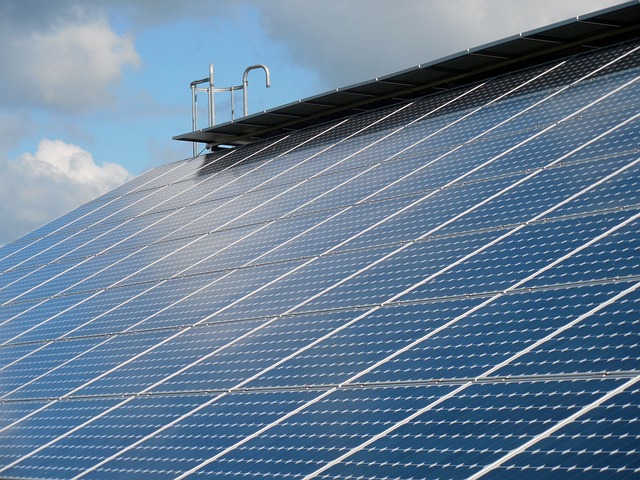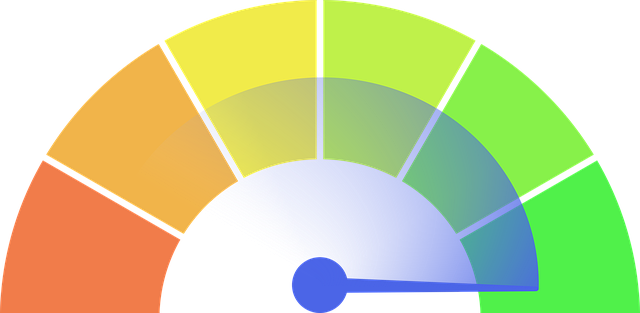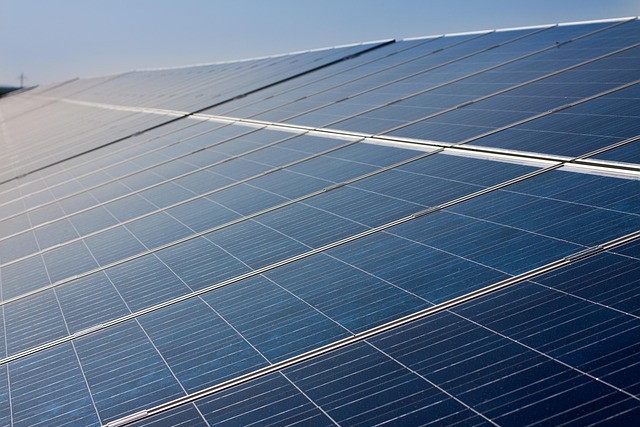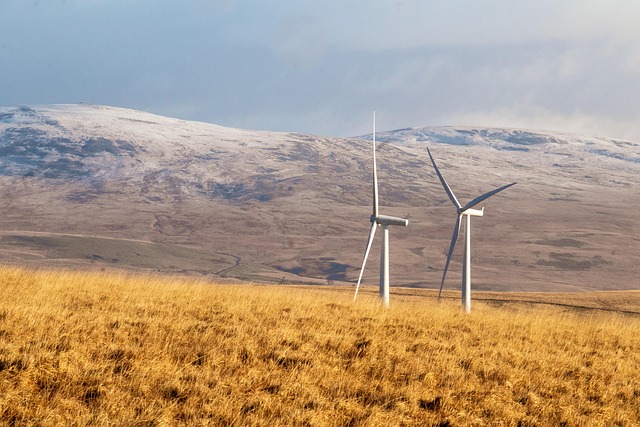Enhancing real estate properties with strategic wall insulation and efficient systems is a key step for investors and homeowners. Installing materials like fiberglass, foam, or cellulose improves energy efficiency by blocking heat transfer, reducing heating/cooling costs. Upgrading to smart thermostats, sealing drafts, LED lighting, and renewable energy sources further optimizes comfort and sustainability while appealing to buyers/tenants.
In the realm of real estate, enhancing energy efficiency is a game-changer. Insulating walls and installing efficient systems can significantly reduce utility costs and increase property value. This article navigates through the process, offering insights into various wall insulation materials and their benefits, as well as strategies for efficient heating, cooling, and energy savings. We provide a step-by-step guide to help real estate owners implement these changes, fostering a vibrant and sustainable living environment.
Understanding Wall Insulation: Materials and Benefits for Real Estate

Understanding Wall Insulation is a crucial step in enhancing energy efficiency and comfort within any real estate property. The process involves installing materials designed to create a barrier, preventing heat transfer between the interior and exterior environments. This is particularly beneficial for real estate investors and homeowners alike, as it significantly reduces energy costs associated with heating and cooling.
Common wall insulation materials include fiberglass, foam, and cellulose, each offering unique advantages. Fiberglass, for instance, is known for its durability and resistance to moisture. Foam insulation provides exceptional R-values, improving a structure’s overall thermal performance. Cellulose, made from recycled paper, offers excellent fire resistance and soundproofing qualities. By understanding these materials’ benefits, real estate stakeholders can make informed decisions, ensuring their properties are well-insulated, energy-efficient, and appealing to potential buyers or tenants.
Efficient Systems: Heating, Cooling, and Energy Savings Strategies

In today’s real estate market, efficient systems are not just a luxury but a necessity for any property aiming to stand out. Heating and cooling account for a significant portion of a home’s energy costs, making strategic upgrades crucial. Smart thermostats, for instance, allow for precise temperature control and learning habits, ensuring comfort without unnecessary energy wastage. These devices can adjust settings based on occupancy, time of day, and even weather conditions, leading to substantial savings.
Additionally, high-performance insulation is an essential component of efficient systems. By creating a robust barrier between the interior and exterior environments, homes can maintain desired temperatures year-round, reducing the strain on heating and cooling equipment. This simple yet effective strategy not only enhances comfort but also contributes to a greener environment by lowering overall energy consumption.
Implementation Tips: A Step-by-Step Guide for Real Estate Owners

Implementing Insulation and Efficient Systems: A Step-by-Step Guide for Real Estate Owners
As a real estate owner, enhancing your property’s energy efficiency is not only an environmentally responsible move but also a smart investment. Start by assessing your current wall insulation. If it’s inadequate or non-existent, insulate the walls with materials like fiberglass or cellulose. This step significantly reduces heat transfer, making your home more comfortable and lowering heating/cooling bills. Ensure proper sealing around windows and doors to prevent drafts, another key aspect of energy efficiency.
Next, consider installing smart thermostats and programmable thermostats to optimize temperature control. These devices allow you to set schedules tailored to your lifestyle, reducing energy waste. Upgrade to energy-efficient lighting systems using LED bulbs, which consume less power and have longer lifespans. Additionally, explore the option of adding solar panels or wind turbines for clean, renewable energy generation, further decreasing your carbon footprint and utility expenses.






